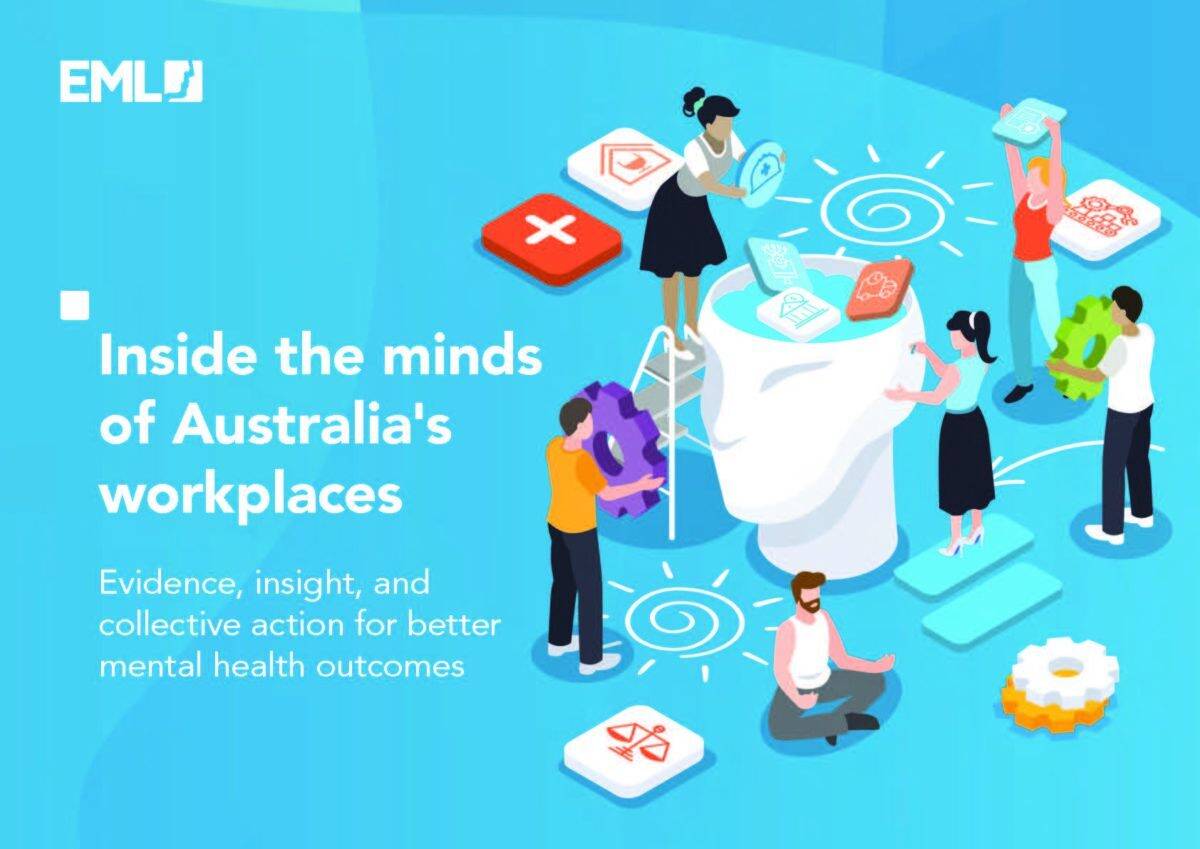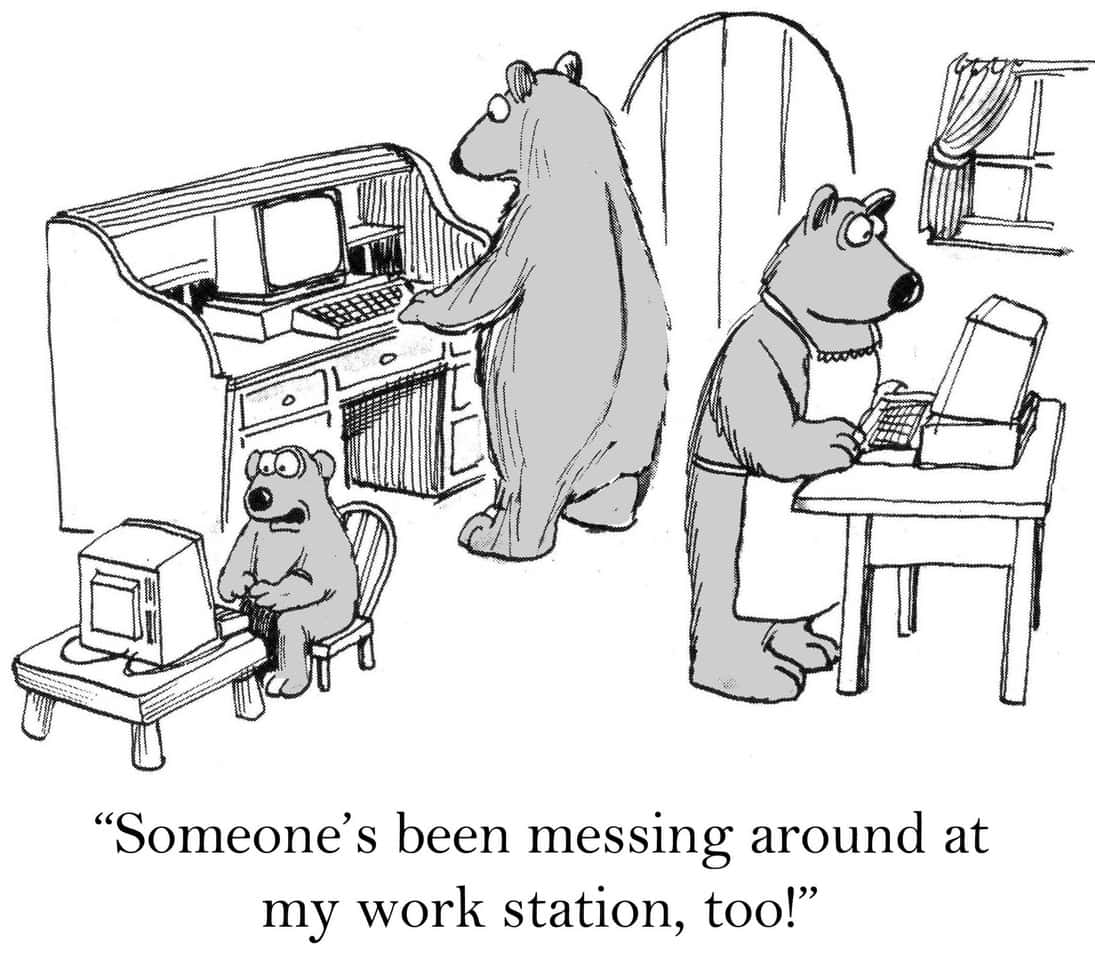I have liked James Lovelock ever since I heard about his Gaia Hypothesis in the brilliant English political drama, Edge of Darkness. I am not happy with all of his intellectual positions. I baulk at nuclear power from the unique Australian position of being nuclear-free but still exporting uranium. But as I finish reading the latest biography of him, I am starting to realise what I have learned.
Category: research
The road looks slow for OHS research in Australia
In May 2024, Safe Work Australia’s (SWA) Chief Executive, Marie Boland, said she would “be reestablishing a research team and that team will look at options for how we support research and evaluation for the future.” On June 12 2025, SWA announced its “New roadmap for work health and safety and workers’ compensation research“. Progress on occupational health and safety (OHS) is welcome, but it is lacking a few key elements.
From Work to Incident to Harm to Hurt to Repair to Work
I. David Daniels has gained prominence in Australia through his association with FlourishDx and his appearances at the Psych Health and Safety conferences. Recently, he has published a book on psychosocial hazards and risks. All of this collateral adds authority to his thoughts, but he remains a work in progress for me, a work that I am starting to value and enjoy. Recently, in one of his LinkedIn conversations, he seemed to be implying a new and fresh timeline of workplace mental health, which got me thinking about “harm”, “injury”, “hurt, “damage”, and “trauma”. Daniels wrote:
Will a Code of Practice for psychosocial hazards be effective?
Victoria is developing its own Code of Practice for managing (and hopefully preventing) psychosocial hazards in the workplace, ahead of amendments to its occupational health and safety (OHS) laws in late 2025. But how powerful and enforceable can a Code of Practice be? A new book by Arie Freiberg, “Regulation in Australia“, helps explain this, but the future could look better.
NZ OHS reform is all sticks and carrots of questionable quality
Recently, New Zealand’s Minister for Workplace Relations and Safety, Brooke Van Velden, was interviewed for almost half an hour by Jack Tame on her government’s proposed changes to occupational health and safety (OHS) laws. The interview was informative and entertaining, as it explained some aspects of the OHS changes, but also showcased a Minister who was uncomfortable with being questioned.
Self-Reported Stress or Diagnosed Distress? New Mental Health White Paper Sparks Debate
On June 3 2025, workers’ compensation insurer EML released its white paper on mental health in Australian workplaces. The paper is full of recent data on worker perceptions of psychological health; however, its significance is limited by relying on self-reported survey data. More interesting information came from the Question and Answer panel session at the report’s Melbourne launch.
Work-from-Home Wins: Productivity Holds, Mental Health Glows, but Bosses Still Crave the Office Status Quo
“WFH is probably good for productivity” was a headline in the Australian Financial Review (AFR) of May 29 2025. The online version (paywalled) added “if it’s part-time”. The Productivity Commission‘s examination of the COVID-19 pandemic in its “before-and-after” report presents some new perspectives on occupational health and safety (OHS) aspects of working from home.







